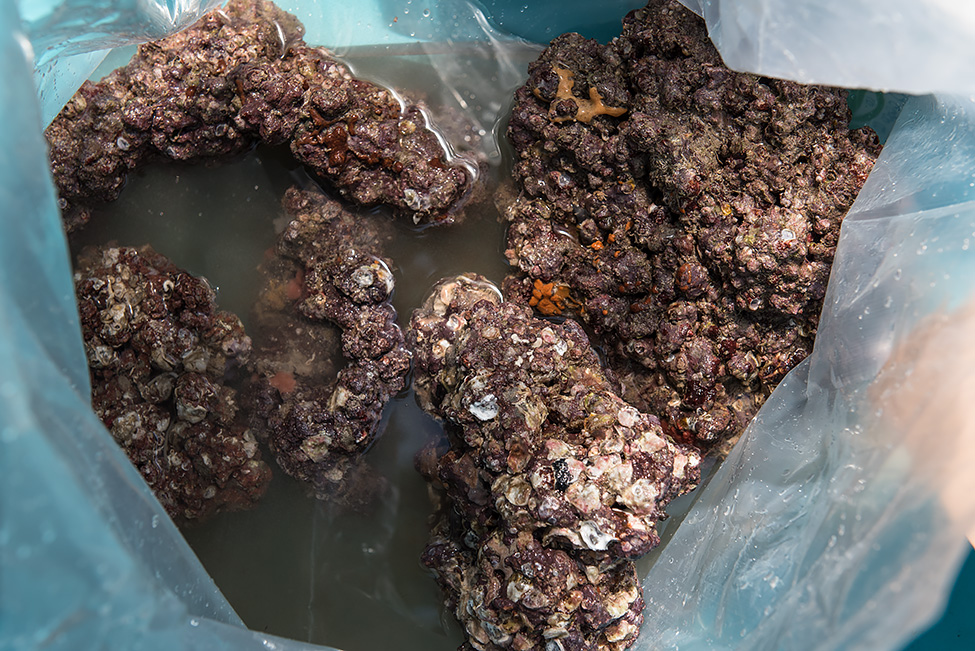Hmm. From the BRS website: "Here at BRS we have set up a couple tanks with Walt Smith's new Reef Rock 2.1, and have really enjoyed the look that it gives, as well as the unique shapes of the rocks, and porous internal structure."
Seems to be very contradictory. When was the last time you tried it?
Seems to be very contradictory. When was the last time you tried it?

















